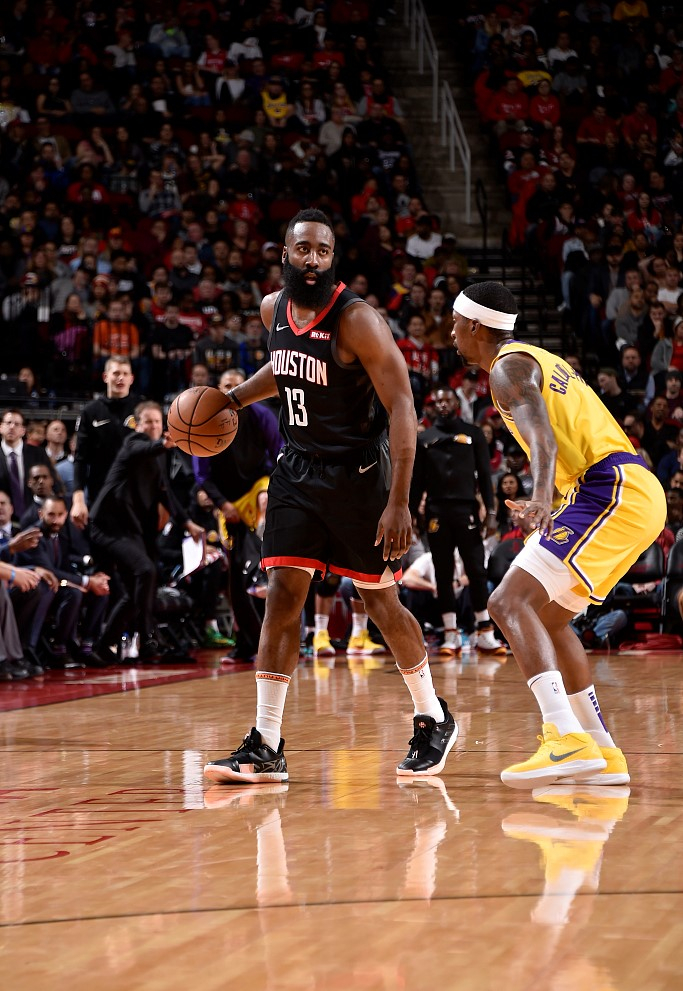How to sub in basketball
Basketball Substitutions
Home>Sports>Basketball>Basketball Rules
PreviousNext
Table of Contents
- Substitutions In Basketball
- How Players Substitute In
- When Teams Substitute
- Rotations And Substitutions
- FAQ
Substitutions In Basketball
A substitution in basketball is when one player on the court is replaced by a player from the bench. Both teams’ benches are located on the same sideline of the court.
Players that are substituted into the game must be on the team roster and the active list. There is no limit to the number of substitutions a team can make during a game. Players must be substituted during a dead ball, meaning that play is stopped.
When a player is fouled out or leaves the court for any reason, they must be replaced by a substitute. Each team must have five players on the court at all times.
How Players Substitute In
When one or more players are selected by their coach to enter the game, they must first check-in at the scorer’s table.![]() This is located in between the benches at midcourt. Once they are at the scorer’s table, the player(s) must wait until a dead ball situation to enter the game.
This is located in between the benches at midcourt. Once they are at the scorer’s table, the player(s) must wait until a dead ball situation to enter the game.
Any players entering the game must report who they are replacing. When a substitution is made, the buzzer sounds briefly, and the removed player(s) go to the bench while the substitutes take the court.
When Teams Substitute
In basketball, teams are only allowed to make substitutions when the ball is dead and the clock has stopped.
The referee will call a dead ball after the following situations in a basketball game:
- the ball is carried or thrown out of bounds
- a foul or violation is called
- a player injury occurs
- a timeout is called
The only exceptions to the dead ball substitution rule are when a player on the court is bleeding or seriously injured and must be replaced immediately.
Rotations And Substitutions
A rotation is a substitution strategy used by coaches to maximize their top player's performance.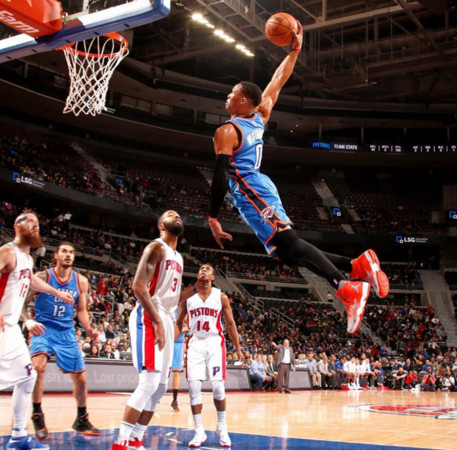 Rotations are defined schedules that coaches make to determine how much playing time each player will get in a game. Rotation plans not only factor in playing time, but also break time. It is important for the star players of a team to rest and for other players to gain experience on the court. In a typical 48-minute NBA game, starting players get about 25-35 minutes per game.
Rotations are defined schedules that coaches make to determine how much playing time each player will get in a game. Rotation plans not only factor in playing time, but also break time. It is important for the star players of a team to rest and for other players to gain experience on the court. In a typical 48-minute NBA game, starting players get about 25-35 minutes per game.
FAQ
How many substitutions can be made in a basketball game?
Unlike soccer, basketball does not have any substitution limits. You can substitute in as many players as you need to in basketball, or as few as you would like.
When can you make your first substitution in basketball?
You can make your first substitution as soon as the first dead ball is called or an injury occurs. There is no minimum time required before substitutions can be made in a basketball game.
How many players have to be on the court?
In a basketball game, there should always be ten players on the court; five players from one team and five from another. If someone is taken out of the game, a substitute must replace them. The only time a team will have less than five players on the court is if all available substitutes have fouled out or are injured. However, this rarely happens.
If someone is taken out of the game, a substitute must replace them. The only time a team will have less than five players on the court is if all available substitutes have fouled out or are injured. However, this rarely happens.
What is the sixth man in basketball?
The term sixth man refers to the first player to be substituted into the game, making them the sixth player to play for their team. Each team likely has one player that is typically subbed in first, and they can be an extremely important player when it comes to revitalizing a team’s energy and scoring off of the bench.
PreviousNext
Pages Related to Basketball Substitutions
- Basketball Salary Cap
- Basketball Shot Clock Violation
- Basketball Tipoff
- Basketball Timeouts
- Basketball Shot Clock
- Basketball Traveling Rules
PreviousNext
Do you sub to keep your players fresh and out of foul trouble?
By Ken Sartini
Subbing players is a very important part of game time coaching strategy.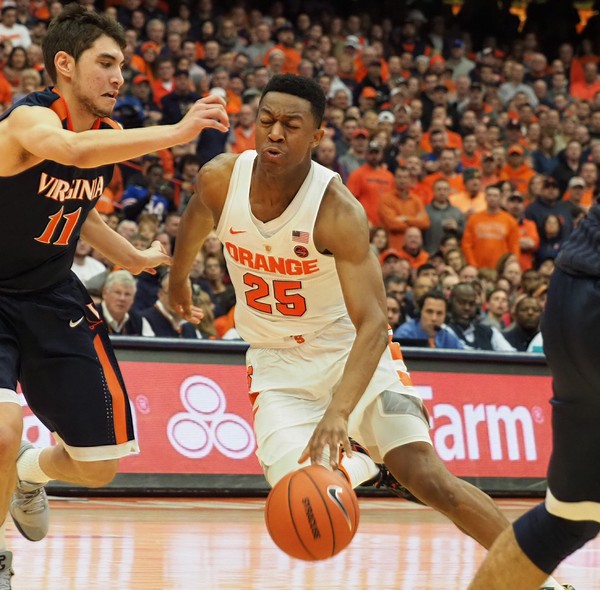 It's important because...
It's important because...
- NOT having the proper personnel on the floor in crunch time can result in lost games.
- Subbing properly can boost your players moral and confidence.
- Subbing keeps key players fresh and out of foul trouble when you really need them.
- Subbing can change the momentum and pace of the game.
Keeping players fresh and out of foul trouble.
Keeping players fresh usually keeps them out of foul trouble. Why? TIRED players tend to foul more because they don't move their feet as well and rely on reaching. Subbing gets more players in the game and that keeps them happy and the morale of the team up. You will also have your best players (in the game) on the floor when it counts in crunch time.
There are times when this can be a very difficult decision. The big question is.. Can I keep this game close with my best player(s) on the bench (can my subs keep the intensity level up)? Or do I have to play my best players and hope they don't foul out?
The bigger the game the tougher the decision is going to be. ... but IF you have formed a philosophy regarding when you sub and at what time you are willing to put them back in the game, the decision becomes easier.
... but IF you have formed a philosophy regarding when you sub and at what time you are willing to put them back in the game, the decision becomes easier.
I will give you two different examples of using subs.
- In one game I had only one player that could really score and he was in foul trouble from the first quarter to the fourth. I subbed for him in each quarter to try and save him for the last part of the game (he probably sat 70% of this game).
We went into the 4th quarter down four points... they were in a zone and my best player was on the bench... we held the ball for 4 minutes and I put him back in the game... he ended up hitting four three's in the last 4 minutes to give us the W. This time it worked out.
- Another game we had a transfer student from Yugoslavia who was foul prone.... so I never started him until we got to the Regional championship game. I felt that IF we were going to have our best chance of winning he would have to start.
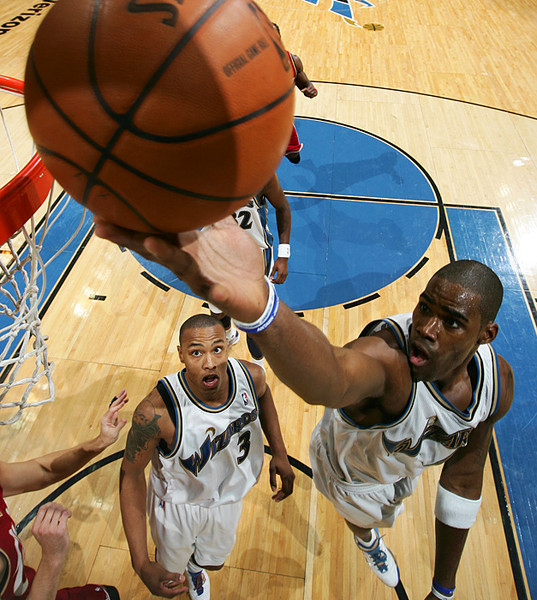 . and of course he got in foul trouble. I subbed for him and the sub did a decent job.. no baskets but NO turnovers which I was happy about. When I got the player back into the game with 4 minutes on the clock we were ahead (amazing considering the size of the other team and our lack of it). We ended up down two with less than a minute to go... we got the last shot but it didn't go in. It would have been a great upset. That team ended up going downstate and did pretty well.
. and of course he got in foul trouble. I subbed for him and the sub did a decent job.. no baskets but NO turnovers which I was happy about. When I got the player back into the game with 4 minutes on the clock we were ahead (amazing considering the size of the other team and our lack of it). We ended up down two with less than a minute to go... we got the last shot but it didn't go in. It would have been a great upset. That team ended up going downstate and did pretty well.
The use of subs correctly comes with experience. Sometimes it works out and sometimes it doesn't. We do what we think is the right thing at the time we do it according to our own philosophy.
The pros to subbing are keeping your players fresh - getting more players into the game thus making them happy (great for team spirit) - it makes everyone feel like they are an integral part of the team. THIS allows you to pressure the other team and do more things if the subs are prepared to play that maybe you can't do if they are tired towards the end of the game.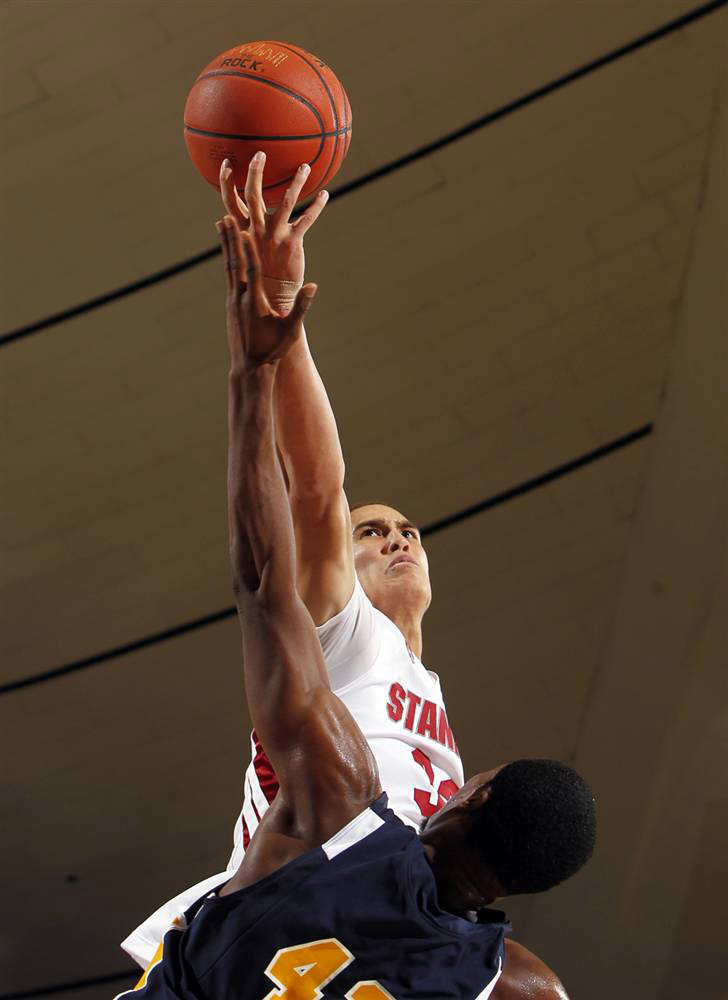 It also ensures that your best players are on the floor at the end of the game when you need them.
It also ensures that your best players are on the floor at the end of the game when you need them.
Pace of the Game
One of the best ways to change the pace of the game is to know your personnel and sub based on what's happening.
For example, let's say your team is looking slow on both ends of the court. They are hesitant on offense and the defense is slow to the ball. This could be a great time to put in a couple high energy defensive guys to get the team moving. Sometimes you need a defensive leader or two on the floor. The energy and hustle can be contagious. A couple turnovers and fast break baskets can really change things. Let your best players watch for a few minutes. Let the energy pick up. Then put your good players back in to join the energy. You may want to keep at least one of your hustle players in there to keep things going. In any case, this is an example of how you can change the pace of the game by knowing your players and subbing at the right time.
Allowing Players to Get a Rhythm
There's a fine line between keeping your players fresh and allowing them to develop a rhythm. Sometimes it takes a few shots and a little time for players to get a rhythm and feel for the game. Nothing is more frustrating for a player when they get pulled from the game just when they started to "feel it". This bothers some players more than others. I think players with limited confidence are affected most by this. The really confident and mentally tough players don't care when and where they shoot. They always think it will go in.
One of the best ways to overcome that issue is to develop a consistent rotation. This allows players to get comfortable playing at certain times of the game and they know what to expect. If you KNOW you're coming out of the game and will get your 8 minutes every night, then it's not as frustrating when you get pulled. Knowing a head of time certainly helps.
On the other hand, some coaches like to change things up constantly and make changes based on the opposition, pace of them game, and gut feel.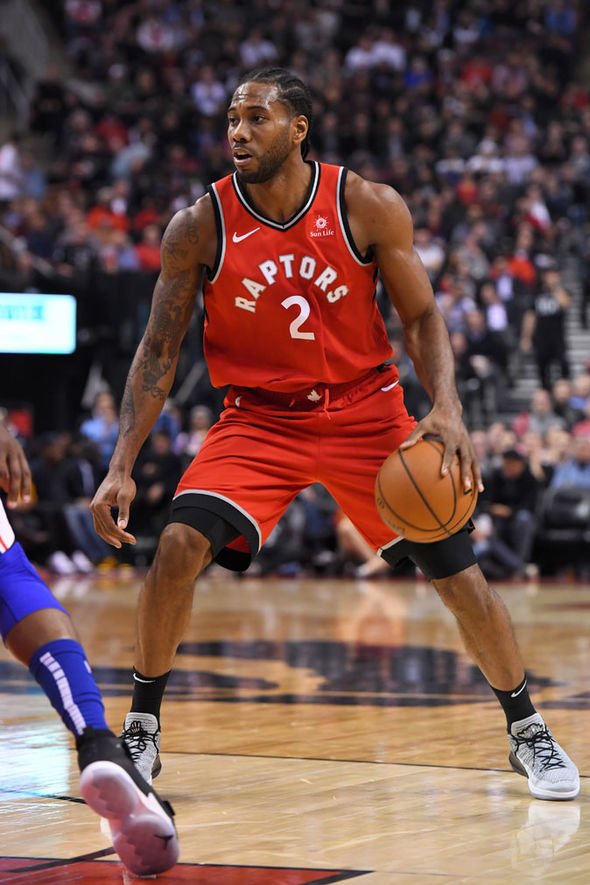 There are pros and cons to both methods.
There are pros and cons to both methods.
For the super experienced coach, going with your gut might work well. For the less experienced coach, I think having a consistent rotation is the way to go. It allows you to focus on other aspects of them game and keeps you from getting overwhelmed.
Subbing After Players Do Good Things
One thing I picked up from Coach Danny Miles (876 wins at OIT college) is to sub players after they make a shot or do something good. This helps keep players shooting confidence high. If they come out just after missing, they might dwell on the miss. When it comes to high percentage shooting, nothing is more important than confidence. It's the little things that can make a difference.
What is your philosophy in regards to subbing? Do you sub players that are in foul trouble? Do use a pre-planned rotation?
Please leave your comments below...
Coaching Resources
How To Win at the End - Volume 1 - Over 35 situational end of game plays.
How To Win at the End - Volume 2 - Over 45 situational end of game plays for different situations than Volume 1.
Tempo Control & Delay Sets - Control the game and protect the lead with 12 different sets to choose from.
90,000 substitution, rule and procedure, substitute.
19.1 Definition A substitution is a stoppage of play at the request of a substitute in order to become a player. 19.2 Rule 19.2.1 A team may substitute a player(s) when a substitute opportunity arises. 19.2.2 An opportunity for substitution occurs: • For both teams, when the ball becomes dead, the game clock is stopped and the referee has completed the signing procedure to the scorer's table. • Both teams when the ball becomes dead...
19.1 Definition A substitution is a stoppage of play at the request of a substitute in order to become a player.
19.2 Rule
19.2.1 A team may substitute a player(s) when a substitute opportunity arises.
19.2.2 Opportunity for substitution occurs:
• For both teams, when the ball becomes dead, the game clock is stopped and the referee has completed the signing procedure to the scorer's table.
• Both teams when the ball becomes dead after a successful last or only free throw.
• A team that has a field goal scored with 2:00 minutes or less left on the game clock in the fourth period and each extra period.
19.2.3 The substitution opportunity ends when the ball is at the player's disposal for a throw-in or the first or only free throw.
19.2.4 A player who has become a substitute and a substitute who has become a player may not respectively return to play or leave the game until the ball is again dead after the clock phase, except in situations when:
• Less than 5 players left on the playing court.
• A player eligible for free throws as a result of a correction is on the team bench after a legal substitution.
19.2.5 No substitution is allowed for a team that has made a field goal with 2:00 minutes or less left on the game clock in the fourth period and in each extra period, except when the referee interrupts the game .
19.3 Procedure
19.3.1 Only a spare has the right to ask for a replacement. He (not the coach or assistant coach) must come to the scorer's table and clearly ask for a substitution by appropriately making an accepted gesture with his hands or sitting in a substitution chair. He must be ready to enter the game immediately.
19.3.2 A request for a replacement can only be canceled until the secretary's signal for granting it has sounded.
19.3.3 As soon as there is an opportunity for substitution, the scorer shall give his signal and inform the officials that a request for substitution has been made.
19.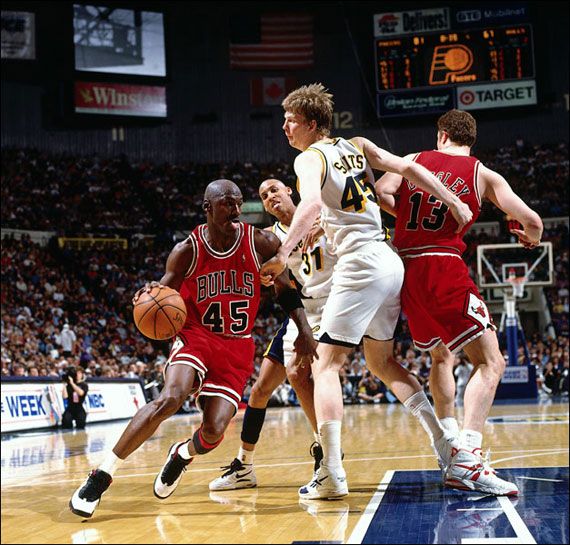 3.4
3.4 A substitute who enters the game must remain behind the boundary line until the referee blows his whistle, gives the signal for substitution and invites him to enter the playing court.
19.3.5 A player who has been substituted is allowed to go directly to his team bench without informing the scorer or referee of the substitution.
19.3.6 Replacements must be made as soon as possible. A player who has committed 5 fouls or has been disqualified must be substituted immediately (within approximately 30 seconds). If, in the opinion of the referee, the game is delayed, the offending team shall be penalized with a time-out. If the team has no time-out remaining, then a technical delay foul may be charged against the coach (recorded as 'B' on the score sheet).
19.3.7 If a substitution is made during a time-out or during an interval of play (other than an interval between halves), the substitute must inform the scorer before entering the game.
19.3.8 If a player performing the penalty (-YY) Throw (-Ki) should be replaced because he is:
• injured,
• Comed 5 fouls,
• was disqualified ,
then the free throw(s) shall be taken by the substituted player, who may not be substituted again until he has played in the next phase of the game clock.
19.3.9 If a request for a substitution is made by either team after the ball is at the player's disposal for the first or only free throw, the substitution shall be granted if:
• The last or only free throw is successful.
• The last or only free throw will be followed by a throw-in at the center line extended opposite the scorer's table.
• A foul is called between free throws. In this case, the free throw(s) must be taken and the substitution is allowed until the next foul penalty is administered.
• A foul is called before the ball becomes live after the last or only free throw.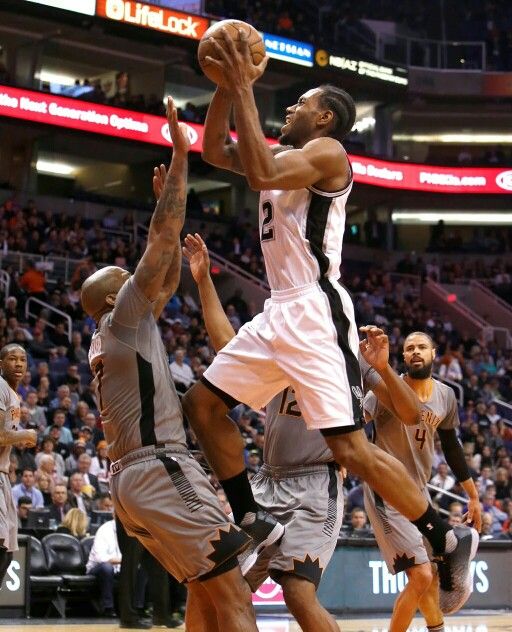 In this case, the substitution is allowed until the new foul penalty is administered.
In this case, the substitution is allowed until the new foul penalty is administered.
• The violation is called before the ball becomes live after the last or only free throw. In this case, substitution is permitted before the face-off.
In the case of consecutive free throw runs caused by more than 1 foul penalty, each run must be considered separately.
Basketball rules. Substitution
Substitution is the suspension of the game process, at the request of one of the substitute players, in order to exchange players. An unlimited number of substitutions can be made during the game. The substitution process takes place after the stoppage of playing time.
The team has the right to make a replacement immediately after the need arises.
The chance to make a substitution occurs after
- the ball becomes dead and the game clock stops. After the referee has finished showing a special gesture to the scorer's table.
- A goal was thrown into the basket of the team that requested the substitution, either in the last few minutes of the last period or in the last minutes of extra periods.

Players' chance to make a substitution ends when:
- when the ball is in the player's hands for the player's first or only free throw.
- in the case when the ball is in the hands of the player who will throw the ball in from outside the playing area.
After a substitution has taken place, and the player becomes a substitute, and a substitute player, they have no right to return to their previous positions. They have such a right after the ball becomes dead again, after starting the countdown.
An exception may be the fact that the team has less than the required number of players. The player who is involved in the correction of the error is already on his team bench after a correct substitution. A team member who was injured and received first aid or stopped bleeding was able to recover during the timeout.
Substitution procedure
The substitute may request a substitution. The player must go to the table at which the scorers are sitting and clearly ask for a substitution. To do this, in basketball there is a certain gesture or it is necessary to take a special place allocated for substitute players and indicating a replacement. This player must be prepared for the fact that he can start the game immediately and this can happen at any time.
To do this, in basketball there is a certain gesture or it is necessary to take a special place allocated for substitute players and indicating a replacement. This player must be prepared for the fact that he can start the game immediately and this can happen at any time.
You can cancel a substitution request until the game clock is suspended and a special sound signal sounds.
As soon as there is a chance to change players in the game, the scorer is obliged to notify the referee about this - to give a special signal. At this moment, the secretary is obliged to convey to the referee the news about the desire to replace one of the substitute players.
The substitute who is about to start the game must remain behind the boundary line until the referee himself signals with a special signal that the substitution has been made. The referee personally, with the help of a gesture, will invite a substitute player to the field, which will indicate the replacement. The player who is replaced is entitled to leave the court and takes his place on the bench of his team. It is not necessary to inform either the referee or the secretary about the replacement.
It is not necessary to inform either the referee or the secretary about the replacement.
Substitutions within their time frames are very fast. Sometimes during the game, inattentive fans do not even notice this process. The player who has been disqualified by the referee or committed five fouls must be replaced on the field immediately. If the referee considers that the team is deliberately delaying the replacement process, then it loses one of the timeouts.
If a team has run out of time-outs, a technical foul may be charged to the team coach.
If the substitution process will take place during a time-out or official break, the substitute who is to start the game must first warn the referee of the substitution and only then start the game.
The player who will shoot the free throw is entitled to a substitution if:
- the request to make a substitution is made before all chances of substitution are over, before the first or only free throw is taken.
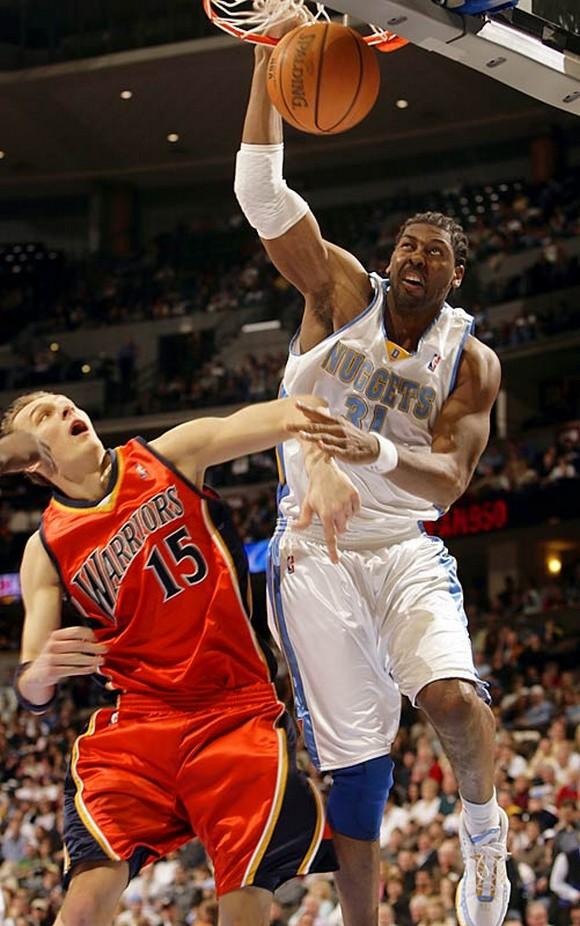
- The ball will become dead after a free throw has been taken. If the player who took the free throw is substituted immediately after the ball is dead. Then the opposing team also gets the right to make a replacement of players on the conditions that the request for a replacement will come before the ball becomes live.
The player who will take the free throw must be substituted if:
- he is injured,
- if the player commits five fouls,
- if the player is disqualified.
Substitution Restrictions
Substitution may not be made after a free throw or between multiple free throws. If they were caused by a penalty for breaking a rule, until the ball is dead again.
An exception may be:
- a violation of the rules is recorded during free throws. In such a case, the throws must be taken and substitution is permitted until the penalty for a new infraction is administered.
- The foul must be called before the ball becomes live again after the free throw.
